
The government has imposed the BS6 emission regulations from 1 April 2020. However, owing the current lockdown to control the Coronavirus pandemic, Supreme Court has granted an extension of 10 days to the manufacturers after the lockdown lifts on 14 April. Under this extension, they can sell 10 per cent of the unsold BS4 stock. You can read about the extension in detail here.
Now that we have entered into the BS6 era, here are five things to know about it, or rather the effects it will have.

Lesser pollution
The whole purpose of bringing the new emission norms into effect is to curb the ever-rising pollution due to vehicles. This is done by putting more limitations on the extent of harmful gases a two-wheeler can emit. In essence, these gases comprise of Carbon Monoxide, Hydrocarbon and Nitrogen Oxide whose emissions need to be more constrained under the BS6 regulations as compared to BS4. Head here for a detailed explanation of technical differences between BS4 and BS6 emission norms.

Increased prices of two-wheelers
For making a two-wheeler comply with the new BS6 norms, a manufacturer needs to do some major or minor tweaks in its engine, which depends on the nature of the BS4 motor. For instance, if the BS4-compliant engine already has fuel-injection - a component necessary for BS6 compliance, then the cost involved in updating it is much lesser than the one which has a carburetor. Besides FI, a larger catalytic converter and an ECU also contribute in making a powerplant BS6-compliant.
Due to the aforementioned changes in the engine, we have witnessed many popular bikes such as the Bajaj Pulsar 150 and the Royal Enfield Bullet 350 become more expensive by around Rs 7,000-10,000. However, those two-wheelers which already had a modern fuel-injected engine, such as the Bajaj Dominar 400, have received a lesser price hike.

Affected performance
With the inclusion of components such as a fuel-injector and larger catalytic converter, the emissions from the engine have become more constrained. This has resulted in a slight drop in performance in most cases. Also, these changes result in an increased weight of a two-wheeler which affects the acceleration and speed to some extent. For instance, the BS6 Yamaha R15 V3 now produces 18.3bhp and 14.1Nm which is down from the earlier 19bhp and 14.7Nm.
However, various manufacturers have got a workaround to tackle this and have managed to keep the power figures unchanged. One such resort is increasing the engine displacement. This has been adopted by brands such as Honda which has increased the capacity of the Unicorn from 150cc to 160cc.

More features in many two-wheelers
As mentioned above, the technical changes for adhering to the BS6 norms have resulted in increased prices of two-wheelers. Now, to further justify this added premium and to make the bikes and scooters more desirable, various brands have opted to add new features in their products. For example, the Honda SP 125 has a host of new features over its predecessor, the Shine SP. This includes LED lighting, digital instrument cluster, engine kill switch and a silent starter.

Cleaner fuel
For proper functioning and optimum performance, a BS6 engine needs to run on BS6 fuel which is available at most pumps from 1 April. Select pumps might take some time to make it available due to the current lockdown.
Basically, BS6 fuel has lesser sulphur content as compared to BS4 gasoline which aids in emitting lesser pollutants. A BS4 two-wheeler can run properly on BS6 fuel. However, a BS6 vehicle, if operated on BS4 fuel, might have problems such as hindered performance and lesser mileage. As for its price, although the cleaner fuel currently costs as much as the BS4 petrol, it might get expensive in the future due to the added costs of refinement and other expenses.


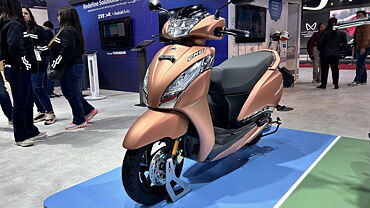
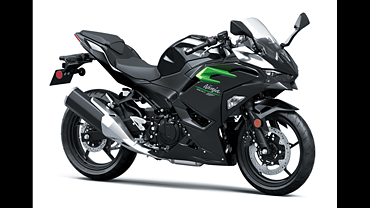
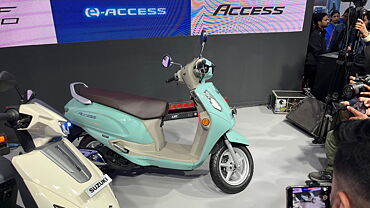
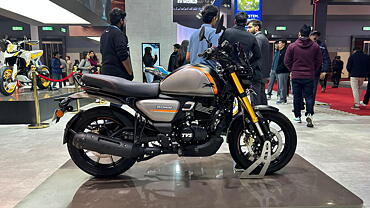





























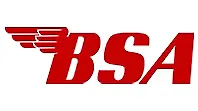



































![KTM 390 Adventure X [2025] KTM 390 Adventure X [2025]](https://imgd.aeplcdn.com/272x153/n/cw/ec/190885/390-adventure-x-2025-right-side-view.jpeg?isig=0&q=80)